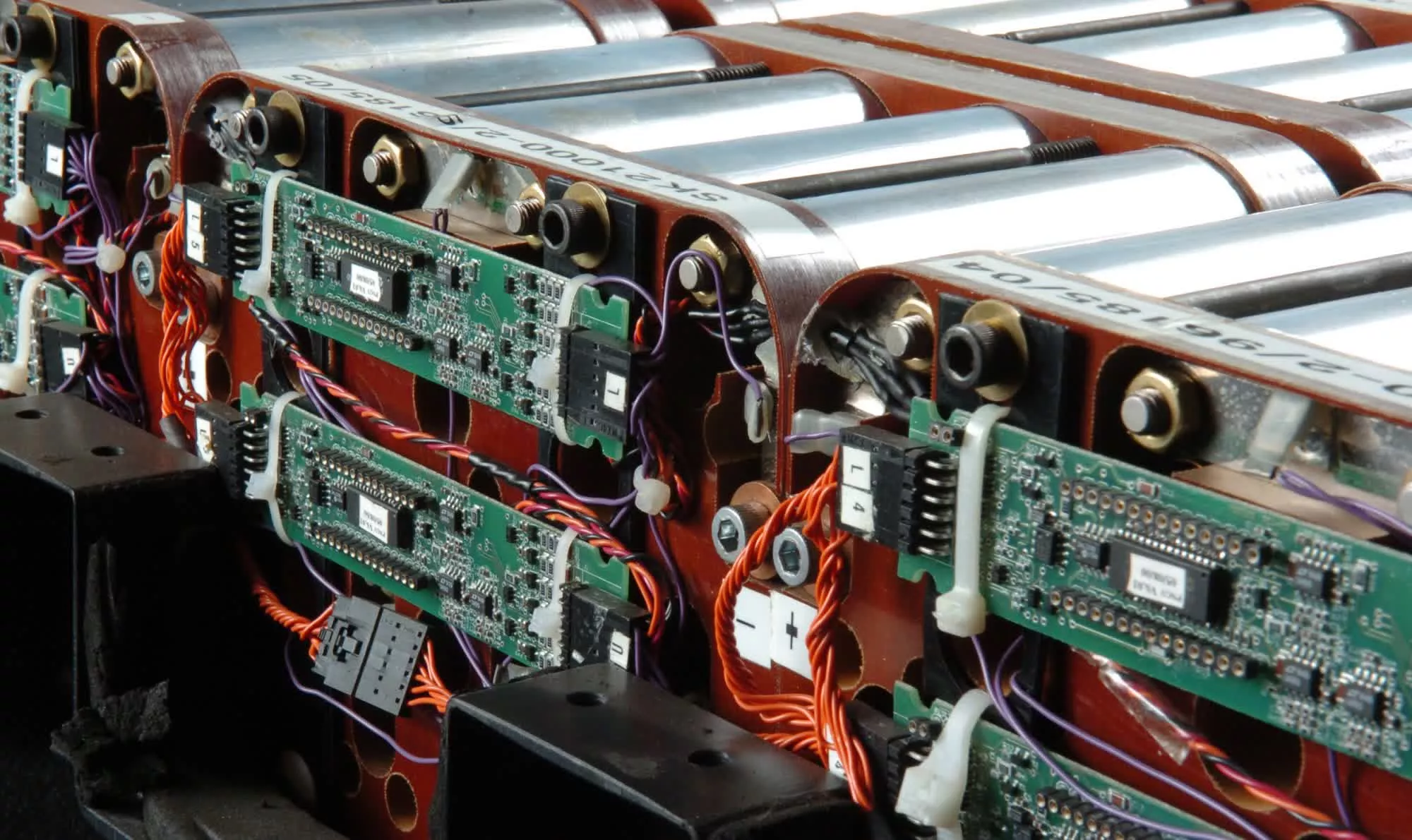Get the latest tech news
Unexpected Shape of Lead-208 Nucleus of May Force Scientists to Reevaluate Atomic Nuclei Models
"An international research collaboration led by the University of Surrey's Nuclear Physics Group has overturned the long-standing belief that the atomic nucleus of lead-208 is perfectly spherical," reports Phys.org. They add that the discovery "challenges fundamental assumptions about nuclear stru...
"An international research collaboration led by the University of Surrey's Nuclear Physics Group has overturned the long-standing belief that the atomic nucleus of lead-208 is perfectly spherical," reports Phys.org.They add that the discovery "challenges fundamental assumptions about nuclear structure and has far-reaching implications for our understanding of how the heaviest elements are formed in the universe..."[A] new study published in Physical Review Letters used a high-precision experimental probe to examine its shape and found that rather than being perfectly spherical, the nucleus of lead-208 is slightly elongated, resembling a rugby ball (prolate spheroid)... Using the state-of-the-art GRETINA gamma-ray spectrometer at Argonne National Laboratory in Illinois, U.S., scientists bombarded lead atoms with high-speed particle beams accelerated to 10% of the speed of light — equivalent to circling the Earth every second. Theoretical physicists, including those at the Surrey Nuclear Theory Group, are now re-examining the models used to describe atomic nuclei, as the experiments suggest that nuclear structure is far more complex than previously thought.
Or read this on Slashdot

